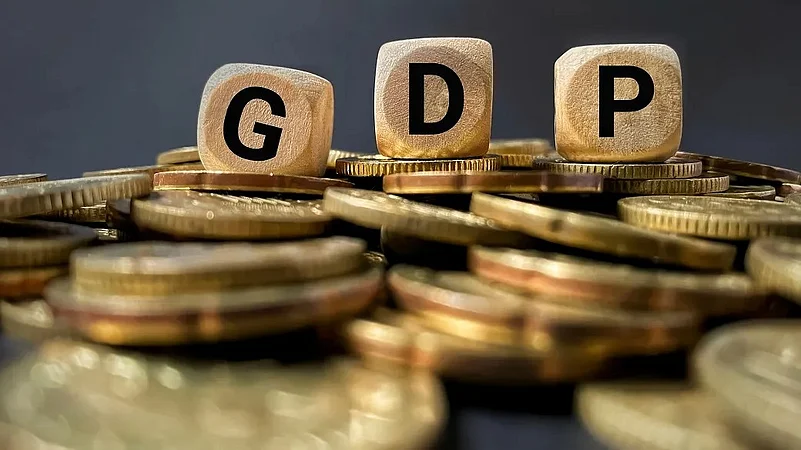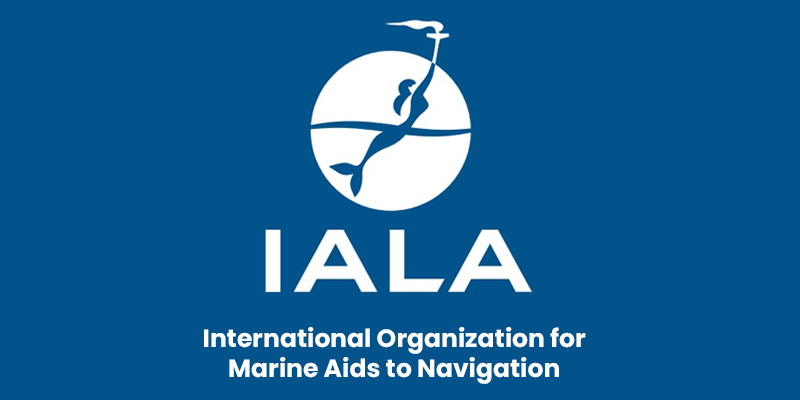Font size:
Print
Managing India’s Government Debt
Context:
The Standing Committee on Finance has recommended a comprehensive and coordinated approach to monitor and manage general government debt in India. The committee’s report, tabled in Parliament on March 19, 2025, underscores the need for prudent fiscal policies at both the central and state levels.
More in News
- Ajay Seth, Secretary, Department of Economic Affairs (DEA), emphasised that achieving a debt-to-GDP ratio of 50% by 2031 would not be possible unless states also reduce their debt-to-GSDP ratios.
- The need for efficient budgetary planning, fiscal discipline, and responsible borrowing has been strongly emphasised.
Current Debt Scenario and Targets
- India’s general government debt-to-GDP ratio currently stands at 80%+, significantly higher than the ideal level of 60%.
- The government aims to gradually reduce this ratio, with an interim target of 75% before moving towards 60% in the long term.
- The Fiscal Responsibility and Budget Management (FRBM) Act recommends a debt-to-GDP ratio of 40% for the Centre and 20% for the states, making a combined target of 60%.
- Globally, countries with reserve currency status can sustain higher debt levels, but for emerging economies like India, a prudent debt policy is necessary.
Challenges in Reducing Government Debt
- Balancing Borrowing and Expenditure
-
- India has significant expenditure commitments, including PM-KISAN, food, fertiliser, and fuel subsidies.
- Reducing borrowing without cutting essential programs could adversely impact socio-economic welfare.
- Scaling back such initiatives may affect poverty alleviation and economic stability.
- Revenue Growth Constraints
-
- To sustain welfare spending, faster revenue growth is required.
- GST collections are near optimal, leaving limited scope for revenue expansion.
- Expanding the tax base or increasing tax rates could face resistance.
- Maintaining programs like MGNREGA and health schemes without additional revenue is a challenge.
- Difficulty in Reducing Debt without Impacting Growth
-
- Cutting infrastructure investments under the National Infrastructure Pipeline (NIP) may slow economic growth.
- Reducing social safety nets such as PDS (Public Distribution System) and PMAY (Pradhan Mantri Awas Yojana) could hinder poverty reduction.
- Efforts to lower the fiscal deficit must balance development priorities with fiscal consolidation.
Recommendations to Manage Current Debt Scenarios
- Need for Revisiting Budget Allocations
-
- The Department of Economic Affairs (DEA) must reassess fund allocations that are not directly related to its mandate.
- Example: In Budget Estimates (BE) 2024-25, the ‘new scheme’ category was allocated ₹2,62,592.88 crore, but later revised down to ₹29,068.29 crore in Revised Estimates (RE) 2024-25.
- More accurate forecasting and better budgetary planning are essential to ensure efficient fund utilisation.
- Improving Budgetary Forecasting and Execution
-
- Enhanced forecasting techniques and strategic foresight are required for better budget projections.
- The DEA must focus on financial discipline and fiscal prudence.
- Setting a benchmark of excellence in budgetary planning will help other ministries and departments improve their execution.
- Efficiency in Subsidy Allocation
-
- Ensuring targeted subsidies to the most deserving beneficiaries is crucial.
- Prioritising critical sectors for maximum socio-economic impact.
- Aligning subsidy allocations with fiscal sustainability to avoid excessive government borrowing.


